Mysterious crash in Sequoia National Forest
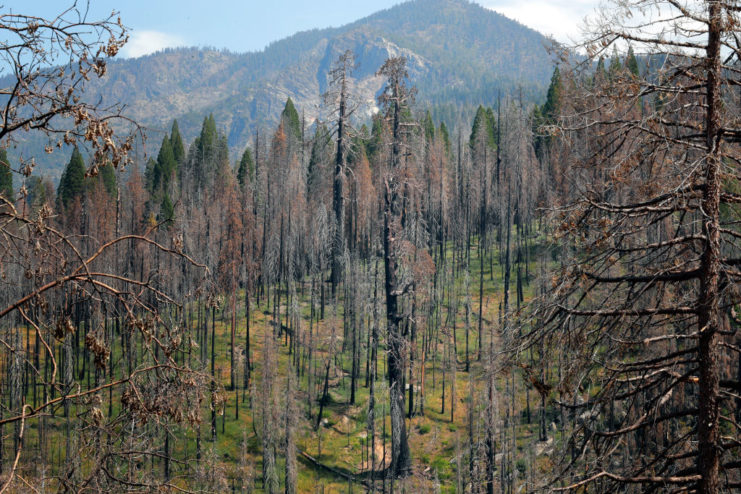
On July 11, 1986, the U.S. Air Force was testing the F-117 Nighthawk, a top-secret aircraft at the time. Around 2:00 AM, the plane crashed over Sequoia National Forest, killing the pilot and starting a brush fire that burned about 150 acres. Firefighters from Kern County and the U.S. Forest Service eventually got the fire under control.
After the crash, the Air Force quickly locked down the area near Kern River Canyon and declared the surrounding airspace off-limits. This was done to prevent anyone from seeing the crash site or learning about the classified aircraft.
A spokesperson for the Kern County Sheriff’s Office explained, “The whole area has been restricted, including the air space above the crash site. There will be military aircraft in the area, and anyone entering the area will be dealt with appropriately by the Air Force.”
The Air Force released a short statement confirming that a U.S. military aircraft had crashed in the Sequoia National Forest and that a team of officers would investigate. “That’s the guidance we’ve been given from Washington,” said Staff Sgt. Lorri Wray. “We can’t give out any details.”
When pressed for more details, a Pentagon spokesperson would only reveal that the aircraft was “not a bomber.”
Replacing the F-117 Nighthawk with an F-101A Voodoo
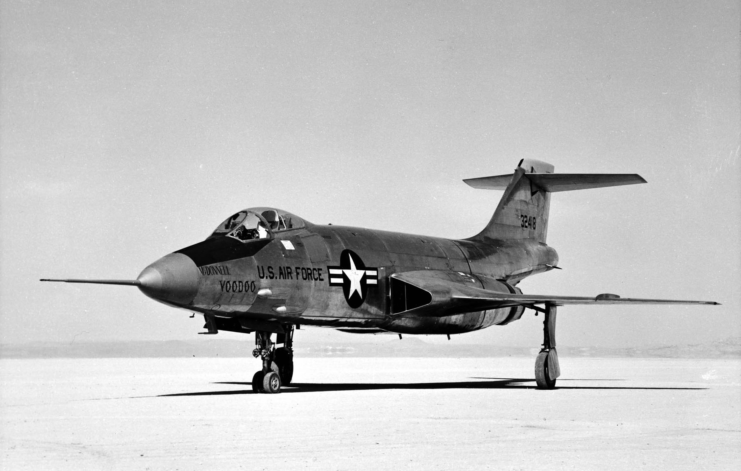
After the F-117 Nighthawk went down, Air Force personnel swiftly gathered the wreckage and swapped it out with parts from an old F-101A Voodoo, which had been kept in storage at Area 51. The F-101A was phased out of active Air Force duty in 1972 and retired from the Air National Guard by 1982.
The incident quickly attracted public interest, with many speculating that the plane originated from Edwards Air Force Base, located just 65 miles away. This idea gained momentum because Edwards was well known as a testing ground for cutting-edge aircraft, including experimental prototypes, next-generation bombers, and modified jets.
Notable aircraft tested there included the Northrop F-20 Tigershark and the Rockwell B-1 Lancer.
Sources incorrectly reveal the aircraft was an F-19
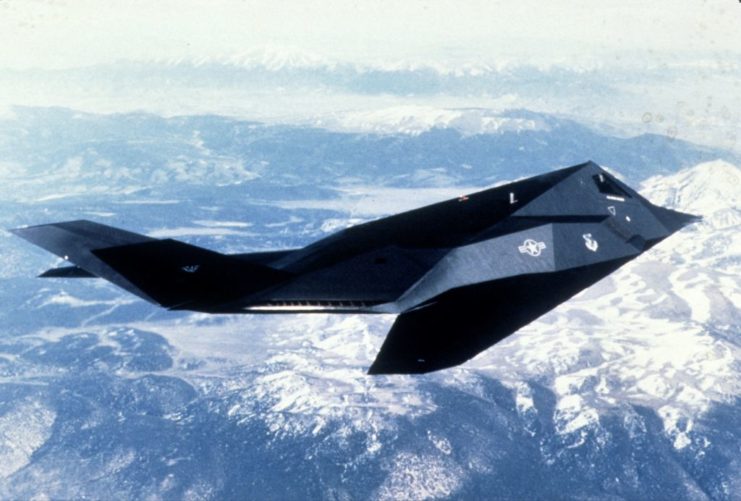
Unveiling the F-117 Nighthawk
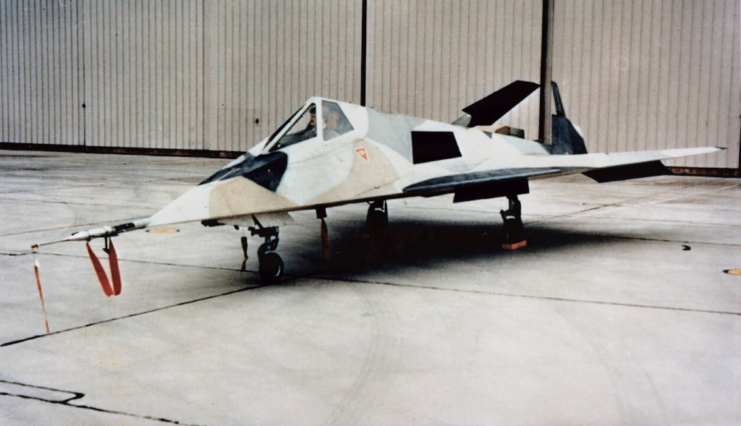
The Lockheed F-117 Nighthawk was developed in the 1970s after the Defense Advanced Research Projects Agency (DARPA) ran a study showing that U.S. aircraft were more vulnerable to enemy defenses than expected. In response, DARPA launched a competition for a new stealth fighter design, which was ultimately won by Lockheed Martin’s Skunk Works division.
The F-117 underwent its first test flight in 1981, and deliveries to the U.S. Air Force began the following year. Although it became operational just two years later, the plane remained highly secret, with the military only officially revealing its existence to the public in 1988. Civilians got their first actual look at the aircraft two years after that.
During its service, only 64 F-117s were built, including five prototypes. The aircraft saw combat in the Gulf War and later in the Yugoslav Wars, where one was famously shot down by a surface-to-air missile (SAM). The F-117 was officially retired in 2008 and replaced by the Lockheed Martin F-22 Raptor, though a fleet of Nighthawks is still maintained in flying condition today.
F-117 Nighthawk specs
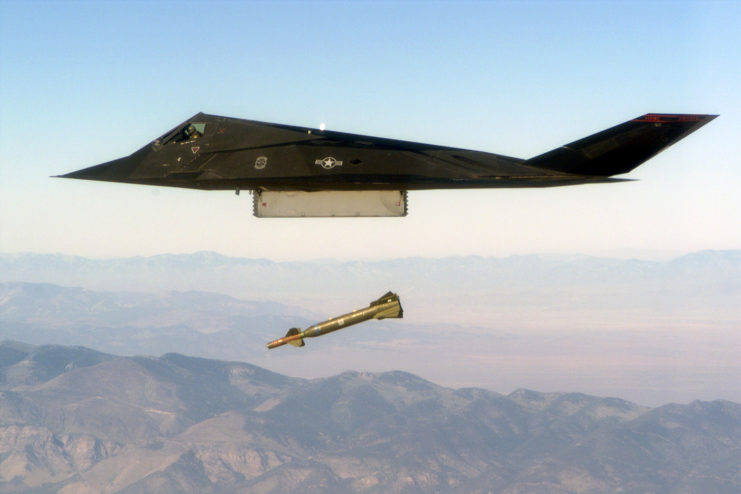
Designed to deflect radar, the F-117 Nighthawk featured angled panels coated with radar-absorbing material, making the aircraft virtually invisible on-screen. It was capable of reaching a maximum speed of Mach 0.92, thanks to its two General Electric F404-F1D2 turbofan engines, and had a range of 1,070 miles.
The F-117 was equipped with two internal weapons bays with one hardpoint each, which allowed it to carry an array of explosives: the B61 nuclear bomb, the GBU-31 JDAM INS/GPS guided munition, the GBU-10 Paveway II laser-guided bomb, the GBU-27 Paveway III laser-guided bomb and the GBU-12 Paveway II laser-guided bomb, all with varying types of warheads.
Other important features were that the F-117 had a V-tail and was air refuelable. Additionally, it was operated through the use of quadruple-redundant fly-by-wire flight controls, which had been derived from those used by the General Dynamics F-16 Fighting Falcon, the F/A-18 Hornet, the McDonnell Douglas F-15E Strike Eagle and the Boeing B-52 Stratofortress.
More from us: Blohm & Voss BV 141: The Asymmetrical German Aircraft That Shouldn’t Have Been Able to Fly – But Did
Flown primarily by the US Air Force, the stealth fighter was operated by the 412th Test Wing out of Edwards Air Force Base; the 4450th Tactical Group and 37th Tactical Fighter Wing out of Tonopah Test Range, in Nevada; and the 49th Fighter Wing out of Holloman Air Force Base, New Mexico.
